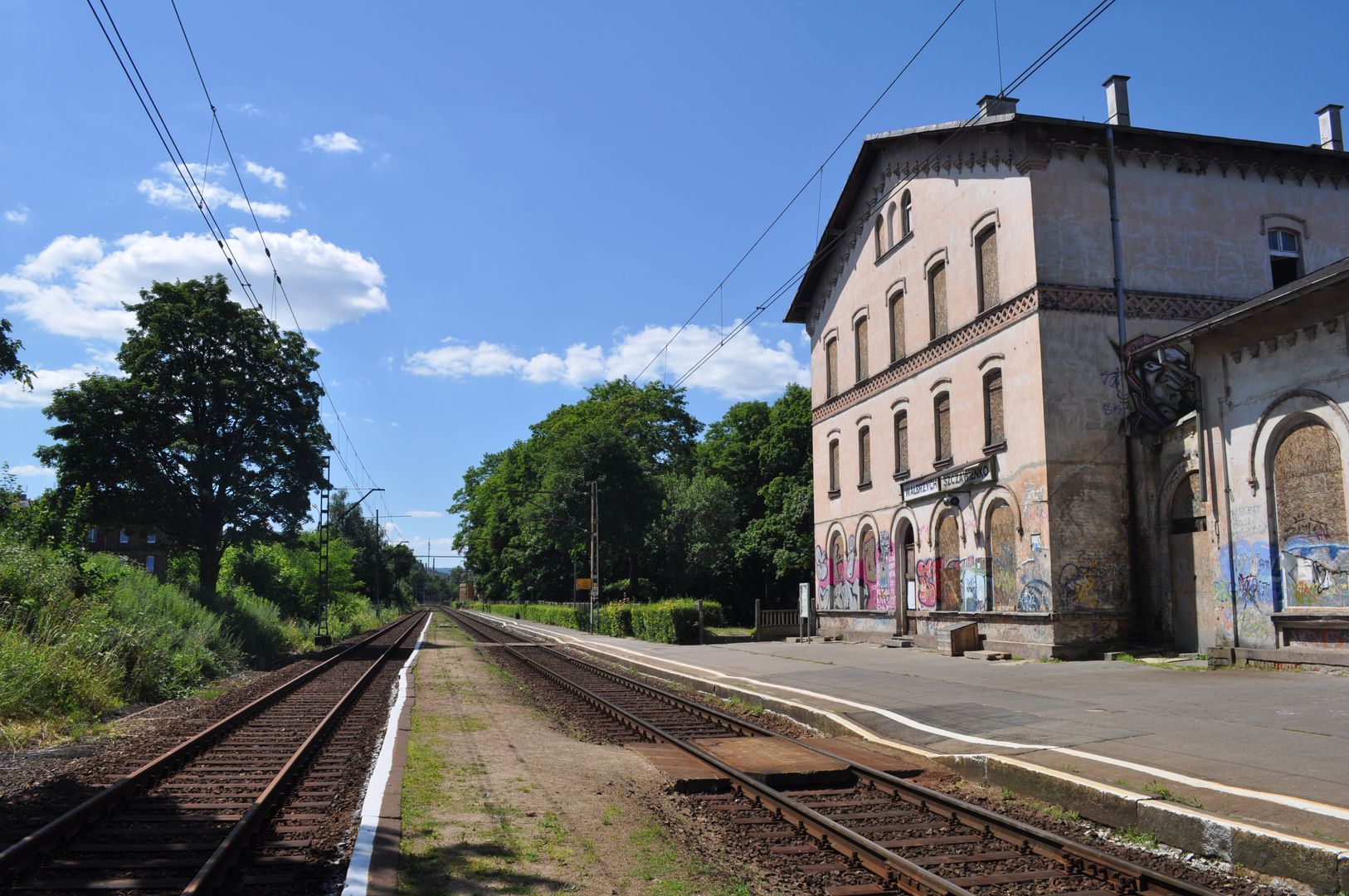Golden Train
8.04

Overview
The legend of the "golden train" refers to an alleged Third Reich train that was said to transport looted gold, valuables, and artworks from Wrocław to an unknown hiding place in the Wałbrzych region during the final months of World War II. The train was supposedly composed of several carriages, the contents of which were secured by local banks on the orders of the Third Reich's Ministry of Finance. However, the existence of the train or its disappearance during transport toward Wałbrzych has never been confirmed, which remains the central point of contention in this fascinating legend.
Shortly after the war, search efforts began, intensifying particularly in the 1970s when the topic caught the attention of the Polish People's Republic's Security Service. In 2015, new searches took place when a group of researchers, Piotr Koper and Andreas Richter, pinpointed a potential hiding spot for the train, sparking massive media interest. Authorities launched investigative actions, including ground-penetrating radar surveys and excavations, but no concrete traces of the train were found.
The region's architecture and infrastructure, including the unusual underground structures of Książ Castle and the network of secret tunnels in the Riese complex, fuel speculation about hidden treasures. Local culture, intertwined with this myth, has given rise to numerous books offering various interpretations of the "golden train" phenomenon, raising questions about truth and fiction in the context of World War II.
Interestingly, these events have also impacted the development of the village of Wałbrzych, which has become a tourist destination, attracting treasure hunters and tourists interested in local history. Although previous searches have not yielded tangible results, the legend of the "golden train" persists in the collective consciousness as an intriguing element of local culture and modern treasure hunting.
Location
Tickets
Powered by GetYourGuide
2025 Wizytor | All Rights Reserved